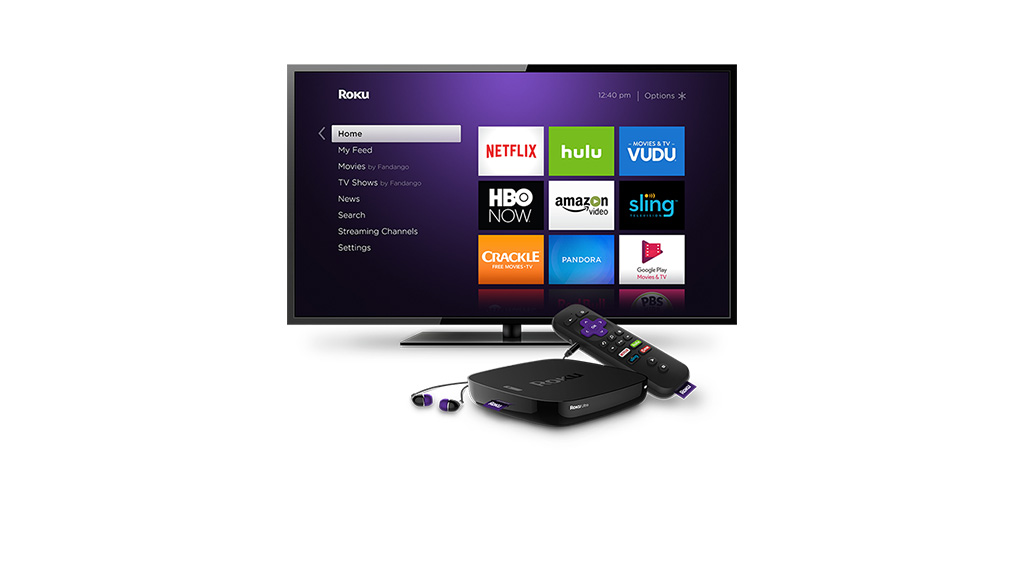Roku, one of the pioneers of streaming media boxes, has filed for an initial public offering, seeking to raise around $100 million. The prospectus provides information about the Roku business, which has over 15 million active accounts and generated nearly $200 million in revenues in the first six months of 2017, although the company has yet to make a profit.
“Our mission is to be the TV streaming platform that connects the entire TV ecosystem,” Roku announces in its prospectus. It says: “We believe all TV content will be available through streaming.” That is not to say that all programming will be viewed in this way.
In a letter to potential investors, Anthony Wood, the co-founder and chief executive of Ruku, writes “The massive TV ecosystem is in the midst of a complete re-platforming”.
“I believe that just like mainframe operating systems didn’t transition to PCs, and just like PC operating systems didn’t make the transition to phones (is your phone powered by Windows?), TVs will be powered by a purpose-built operating system optimized for streaming.”
Roku has 15 million active accounts, used at least once a month, up from 10 million a year previously.

Roku accounts for more streaming television hours in the United States than any other platform. Roku users streamed more than 6.7 billion hours on the Roku platform in the first six months of 2017, an increase of over 60% on the same period the previous year.
Roku makes money from the sale of players and from advertising and subscription revenue share on its platform. The company currently makes most of its money from the sale of players, although it aims to grow gross profit by increasing the number of active accounts and growing average revenue per user, which is currently just over $11 a year per active user.
In 2016, Roku received $293 million in revenue from the sale of its player, at a cost of $249 million, generating a gross profit of $44 million. Platform revenues were over $104 million, of which $77 million was gross profit. Operating expenses of $164 million included $76 million in research and development, leading to a net loss of $43 million in 2016. Indeed, Roku has made losses from the outset, 15 years ago.
Leading a very long series of risks and disclaimers, Roku says it expects to incur operating losses in the future and may never achieve or maintain profitability.
Although Netflix accounted for a third of all viewing on Roku boxes it did not produce material revenue for the platform and is not expected to for the foreseeable future. Roku does not receive any revenue from YouTube, which is the most viewed advertising supported service on the platform.
Roku is the most popular streaming box in the United States, a considerable achievement in a competitive market that is contested by companies like Google, Apple and Amazon, among others. However, taking significant revenue from the traditional television subscription and advertising model will remain a challenge.
